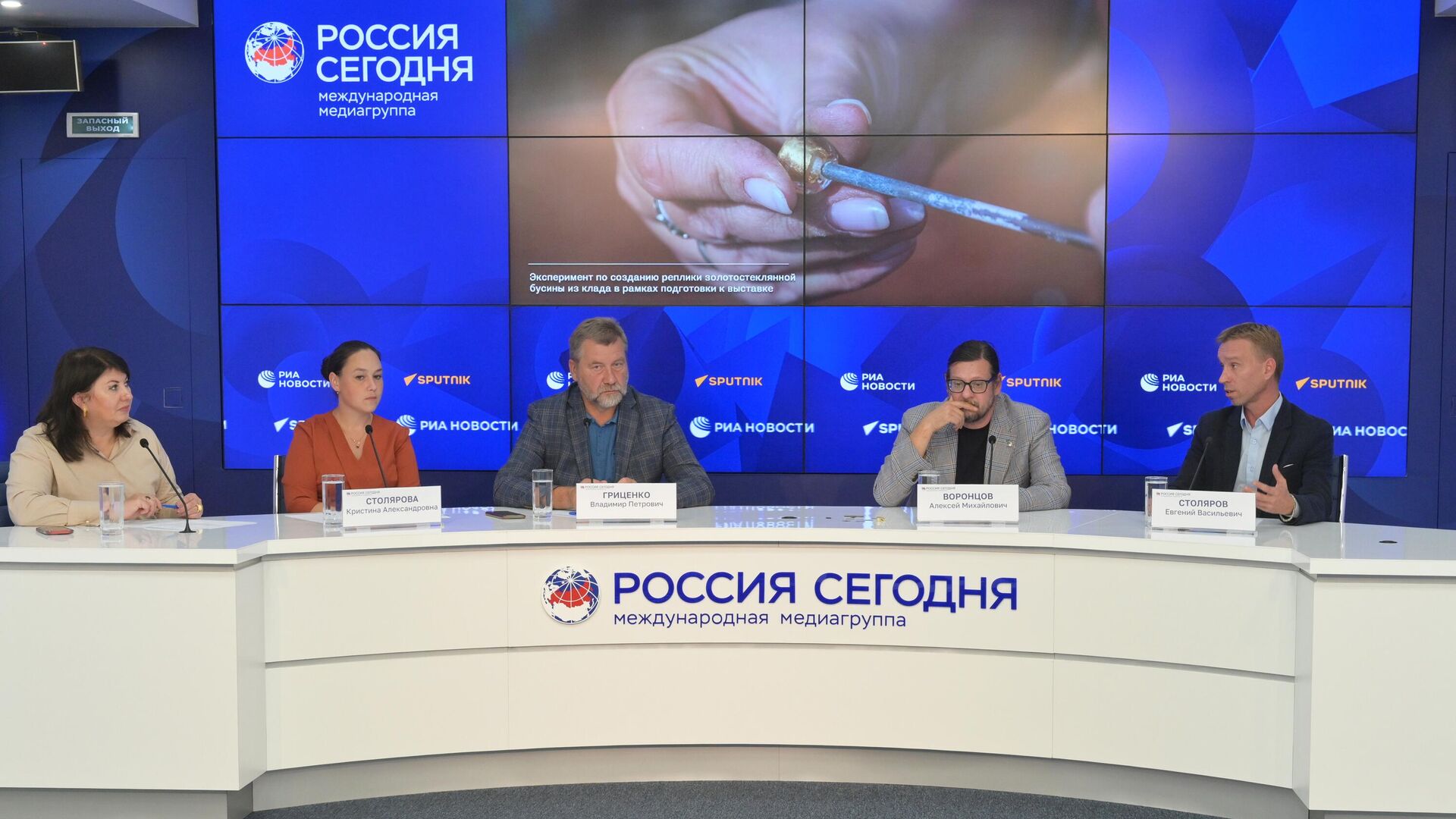
MOSCOW, August 14 Russian archaeologists presented the results of the latest research and discoveries made during the study of an ancient settlement in the Tula region during a Moscow-Tula video conference, which took place in the press center of the Russia Today media group.
As experts said, archaeological excavations in the Tula region play an important role in recreating a complete picture of the country’s history. Archaeologists become real pioneers who discover long-forgotten pages of the past.
«This is an arrangement of all the events that took place on the territory of the Oka-Don watershed over a very long period of time. This is a period of pioneering, writing the foundations that will then be detailed for a long time «- emphasized Vladimir Gritsenko, director of the Kulikovo Field State Museum-Reserve.
He noted that most monuments have a multi-layered nature, since people always choose the same places to live. That is why the ancient settlement discovered near the village of Barybinka was inhabited in different eras — very briefly in the first centuries of our era and in the Middle Ages (14th-15th centuries).
During the event, the participants discussed a unique complex — a treasure trove of women's jewelry from the 1st-2nd centuries of our era, which contains about one and a half thousand items. It was found by a «black digger» on the territory of Greater Tula in 2022.
According to experts, the find has no analogues and indicates the emergence of an original style in the Tula region.
«The Barybin treasure is currently undergoing restoration in our workshops. It consists of many different items, each of which we are paying special attention to. I have not restored such items before,» said Vitaly Shmelev, a top-category restorer at the Kulikovo Pole State Museum-Reserve.
In addition, the analysis of the jewelry allowed us to learn more about the trade relations of ancient settlers with neighboring states, said Kristina Stolyarova, Deputy Director of the Kulikovo Pole State Museum-Reserve.
«The items in this hoard are very diverse. They tell us a story about the trade links of this region, because some of the items are imports. For example, a fibula (a metal clasp) is an import from the Roman Empire. Most likely, it belonged to a man, a military contingent,» Stolyarova said.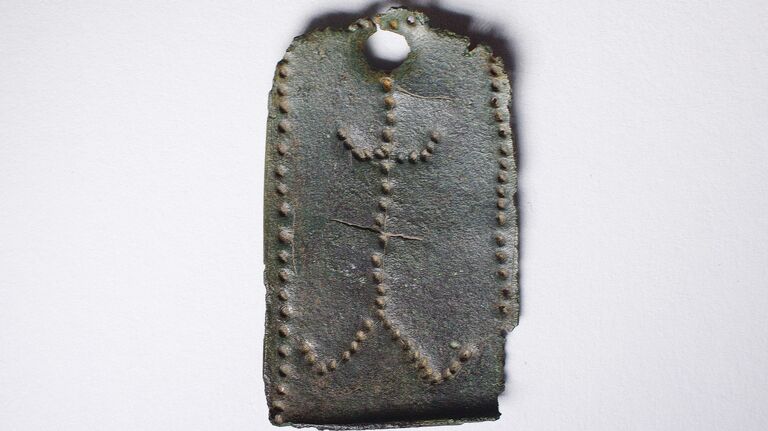
1 of 8
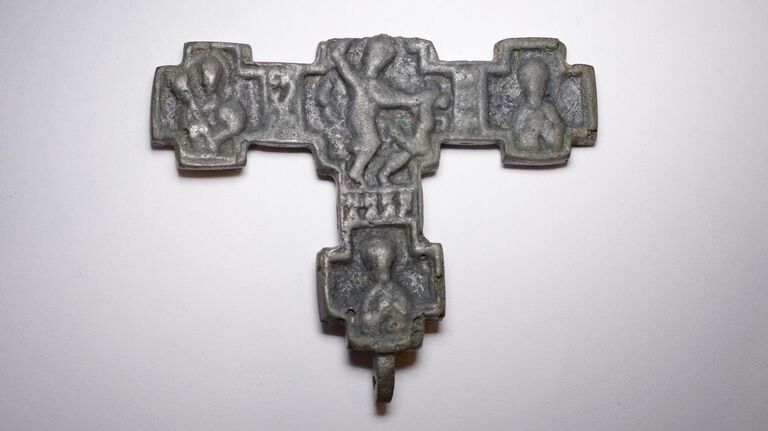
2 of 8
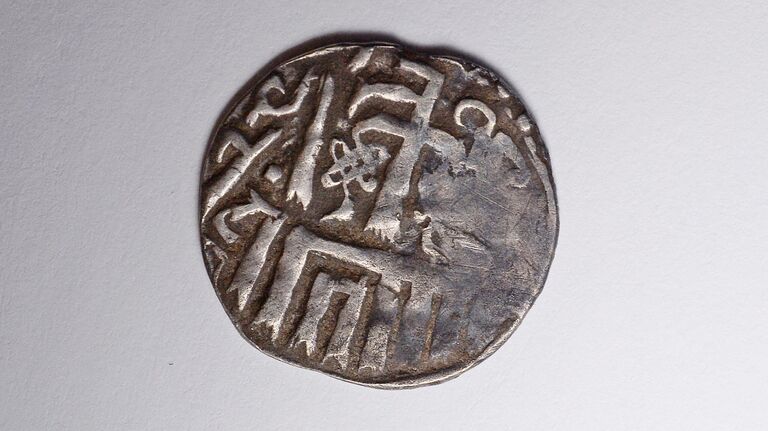
3 of 8
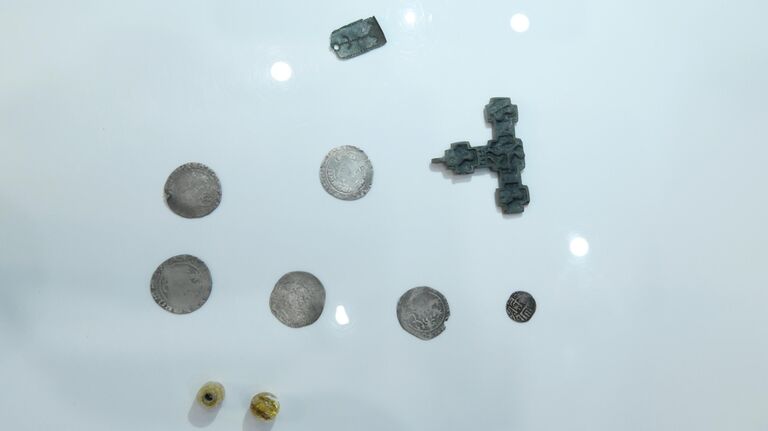
4 of 8
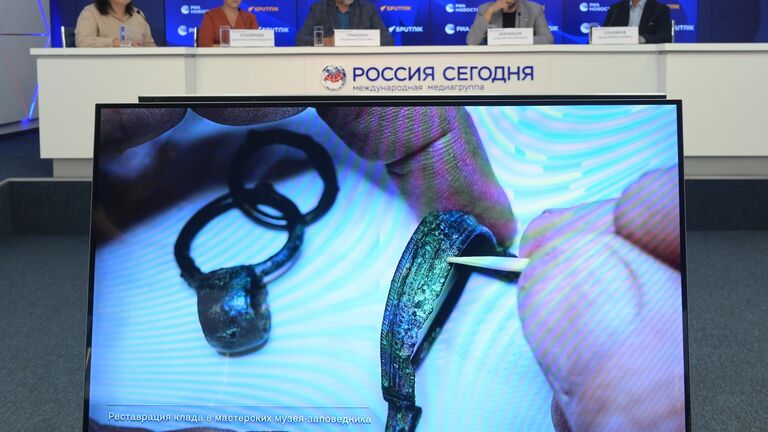
5 of 8
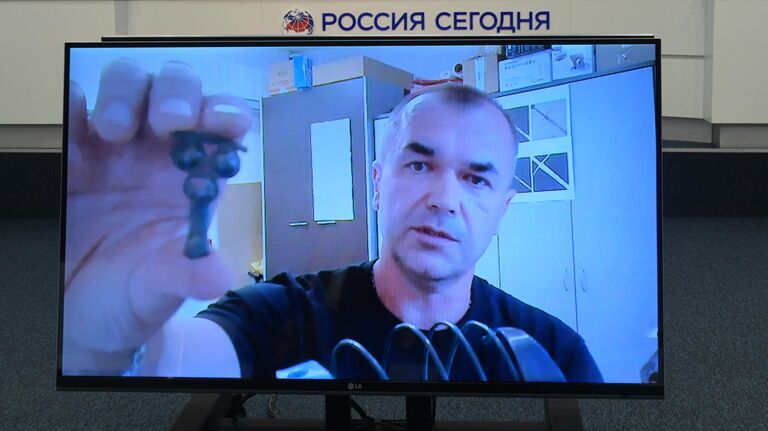
6 of 8
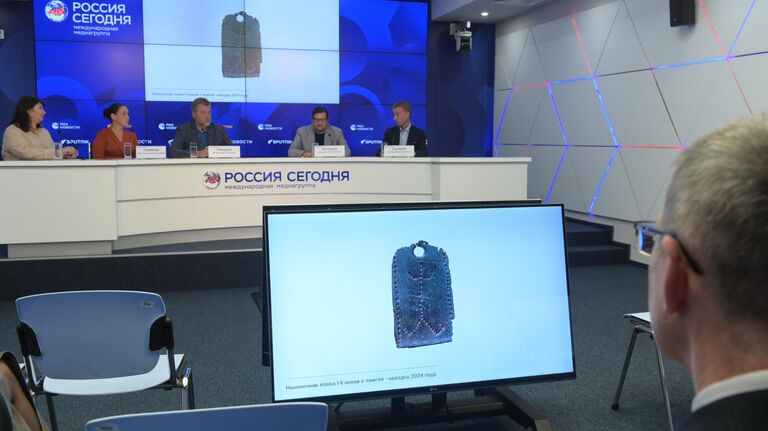
7 of 8
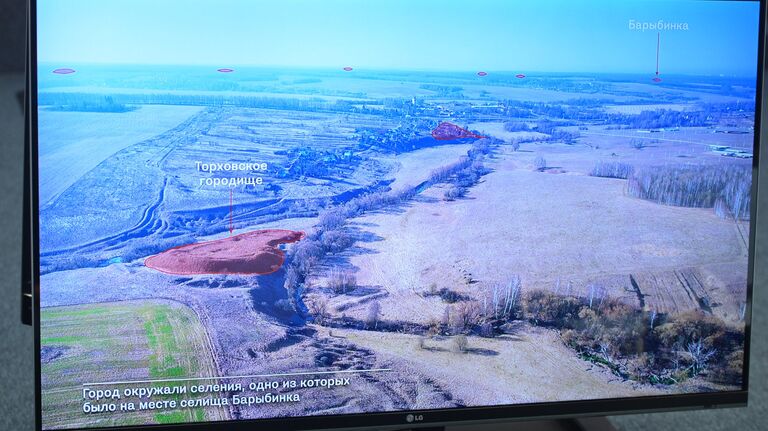
8 of 8
1 of 8
2 of 8
3 of 8
4 of 8
5 of 8
6 of 8
7 of 8
8 of 8
She noted that gold-glass beads are also of particular interest, since glass production in In the ancient world, they were engaged only in the territory of Syria.
The head of the Tula archaeological expedition, Evgeny Stolyarov, spoke about who the jewelry belonged to. According to him, the rich set of jewelry allows us to talk about the high status of its owner in society, but it is too early to talk about her belonging to a specific people.
«Unfortunately, we cannot answer the question of what kind of population it was, because we have no written evidence of who lived in the territory of the Oka-Don watershed,» Stolyarov explained.
1 of 5

2 of 5

3 of 5

4 out of 5
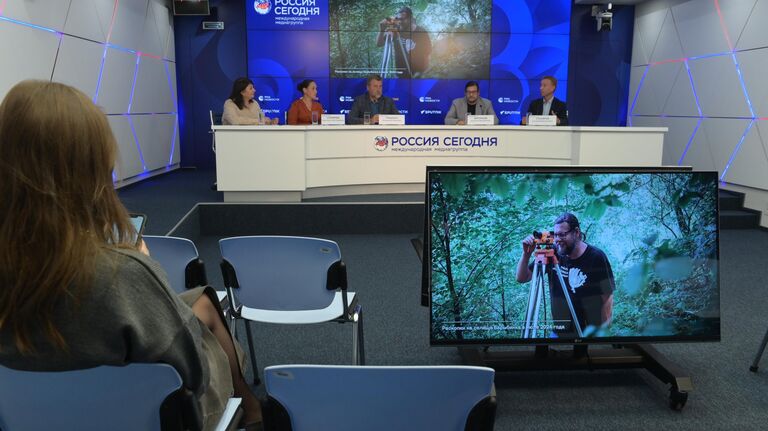
5 out of 5
1 of 5
2 of 5
3 of 5
4 of 5
5 of 5
The scientific secretary of the state reported on a later discovery – coins of Medieval Rus' Museum-Reserve «Kulikovo Field» Alexey Vorontsov. Among them is one of the first Russian coins — imitations, made after the Battle of Kulikovo.
«Russian carvers made dies similar to the coins of the Golden Horde. They are not counterfeit, they are silver and correspond to the coin norm of that time, but the carvers preferred to remain anonymous. Numismatists are now just discovering this most interesting part of the history of Russian coinage,» Vorontsov emphasized.
As the participants of the video bridge said, it will be possible to see the artifacts from December 20 at the exhibition in the «Archeology» Space in the Museum Quarter of Tula.























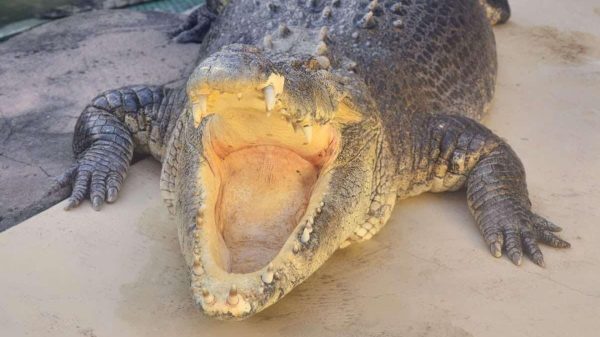


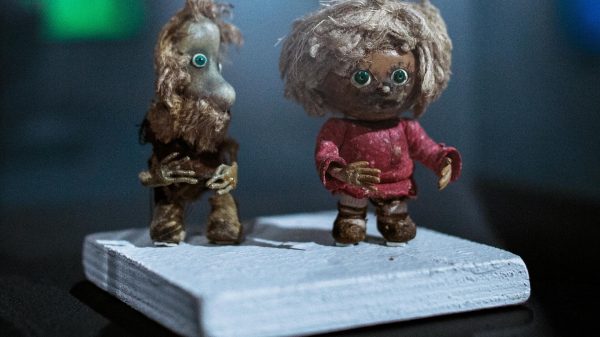
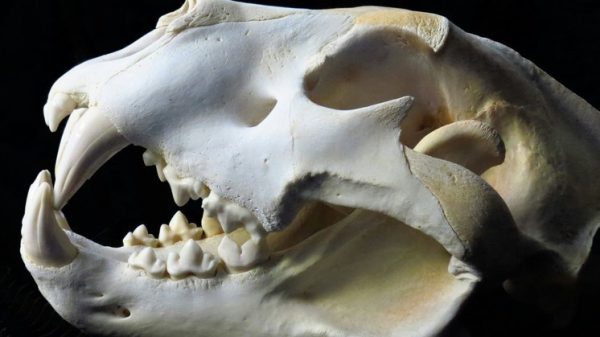



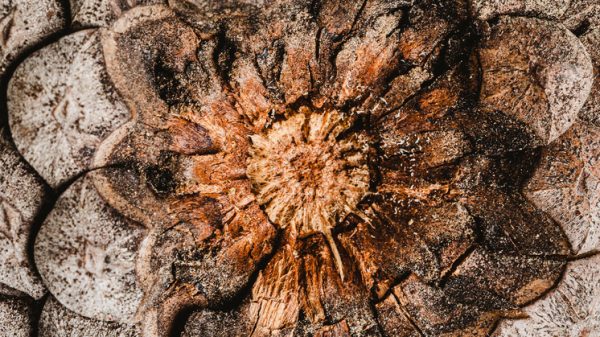

































Свежие комментарии